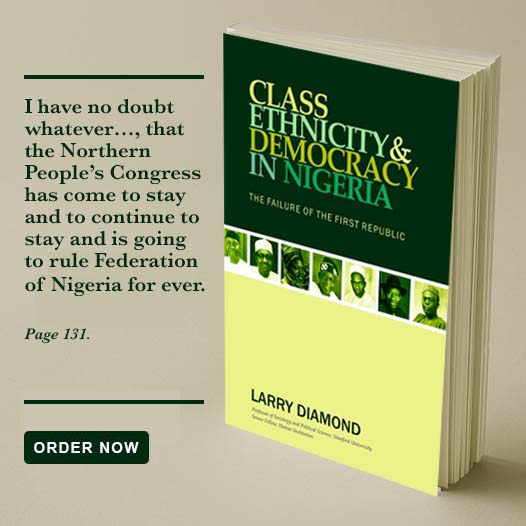How 5 Influential Economists Changed Americas History

There is an old joke that is often told about economists: Three economists are hunting ducks. The first shoots 20 meters ahead of the ducks, the second shoots 20 meters behind the ducks, and the third says, “Great job! We got them!”
All kidding aside, there are many economists that do incredible jobs and there are some who have made contributions to financial theory that crossed over into many aspects of social history as well. In this article, we’ll show you five of these economists and explain their impact on society.
1. Adam Smith (1723-1790)
Adam Smith was a Scottish philosopher who became a political economist in the midst of the Scottish Enlightenment. He is best known for The Theory of Moral Sentiments (1759) and An Inquiry into the Nature and Causes of the Wealth of Nations (1776). The latter, usually referred to as The Wealth of Nations, is one of the earliest and the most famous treatises on industry and commerce, and one of the major contributors to modern academic-discipline economics.
Smith entered the University of Glasgow at the age of 15, and studied moral philosophy. His original interest in Christianity evolved into more of a Deist stance (although this has been challenged).
Smith’s arguments against mercantilism and in favor of free trade were a stark challenge to much of the protectionism, tariffs and gold-hoarding that prevailed in the mid-18th century; today, he’s often called “the father of modern economics.” In a world gone global, imagine how much slower life would be had free, open trade not been encouraged and if hoarding of hard assets(mercantilism) was the norm: Economic life would be fairly bleak.
At the end of his life, Smith had most of his manuscripts destroyed, and while some survived, the world never learned the extent of his final thoughts and theories his final notes. (For related reading, see “What Are Economies of Scale?” and “Economics Basics.”)
2. David Ricardo (1772-1823)
A large family could have contributed to Ricardo’s drive; he was the third child of 17 children from a Portuguese Jewish family. His contributions to the study of economics came from a more hands-on background than Adam Smith’s. Ricardo joined his father to work on the London Stock Exchange at the age of 14, and quickly became successful at speculating in stocks and real estate. After reading Smith’s The Wealth of Nations in 1799 he took an interest in economics, although his first economics article was published nearly 10 years later.
Ricardo became a member of British Parliament, representing a borough of Ireland in 1819. His greatest work, “An Essay on the Influence of a Low Price of Corn on the Profits of Stock” (1815) argued to repeal the corn laws at the time to better spread the wealth, and he followed it with Principles of Political Economy and Taxation (1817).
Ricardo was best known for the belief that nations should specialize for the greater good. He was also vocal in carrying forward the argument against protectionism, but he may have made his greatest mark on rents, taxation,wages and profits by showing that landlords seizing wealth at the expense of laborers was not beneficial for society.
Ricardo is one of the shorter-lived of the great economists, dying at age 51 in 1823.
3. Alfred Marshall (1842-1924)
Marshall was born in London, and while he originally wanted to be in the clergy, his success at Cambridge led him into academia. Marshall may be the least recognized of the great economists, as he did not champion any radical theories. But he is credited with attempting to apply rigorous mathematics to economics in an attempt to turn economics into more of a science than a philosophy.
Despite his emphasis on math, Marshall strove to make his work accessible to regular people; his “Economics of Industry” (1879) became widely used in England as curriculum. He also spent almost 10 years working on the more scientific “Principles of Economics” (1890), which proved to be his most important work. He is most credited with perpetuating supply and demandcurves, marginal utility and marginal production costs into a unified model.
4. John Maynard Keynes (1883-1946)
Historians sometimes refer to John Maynard Keynes as the “giant economist.” The six-foot-six Brit accepted a lectureship at Cambridge that was personally funded by Alfred Marshall, whose supply and demand curves were the basis for much of Keynes’ work. He is particularly remembered for advocating government spending and monetary policy to mitigate the adverse effects of economic recessions, depressions and booms.
During World War I, Keynes worked on the credit terms between Britain and its allies, and was a representative at the peace treaty signed in Versailles. (To read more about his theories, see “Understanding Supply-Side Economics” and “Formulating Monetary Policy.”)
Keynes was almost wiped out personally by the stock market crash of 1929, but he was able to rebuild his fortune. In 1936, Keynes wrote his seminal work, the “General Theory of Employment, Interest and Money,” which advocated government intervention to promote consumption and investing – and to alleviate the global Great Depression that was raging at the time (“spend your way out of depression,” as critics like to call it). This work has been deemed as the launch of modern macroeconomics. (To read more, see “Macroeconomic Analysis.”)
5. Milton Friedman (1912-2006)
Milton Friedman was the last of four children born to Jewish immigrants from Austria-Hungary. After getting his Bachelor of Arts degree at Rutgers and his Master’s at the University of Chicago, he went to work for the New Deal, a series of programs designed by U.S. President Franklin D. Roosevelt to provide relief to and recovery from the effects of the Great Depression. While Friedman was in favor of the New Deal overall, he was opposed to most government programs and price controls.
Compared to Keynes, Milton Friedman was more of a laissez-faire economist: He was for minimizing the role of government in a free market. These ideas formed the basis of his book “Capitalism and Freedom” (1962). He is perhaps best known for promoting free markets and credited with the concept of modern currency markets, unregulated and unpegged to precious metals standards (reflecting a mantra of “money is worth what people think it is worth”).
Friedman’s works were even circulated underground during the Cold War, and were the basis for consumption-tax based economies rather than an income tax– or wealth tax-based. (To find out more about Friedman’s ideas, see “What Is the Quantity Theory of Money?”)
Friedman believed that introducing capitalism to totalitarian countries would lead to the betterment of society and increased political freedom. A winner of the Nobel Memorial Prize in Economic Sciences in 1976, he was adamant about the link between money supply and inflation. His speech in 1988 to Chinese students and scholars in San Francisco, in which he referred to Hong Kong as the best example of laissez-faire policies. was deemed a direct influence on China’s ensuing economic reforms.
The Bottom Line
All of the men we have covered had a profound effect on the world, but only time will tell how they will impact our current economic thinking – and thoughts about where we head next.
This article was culled from investopedia.com.







